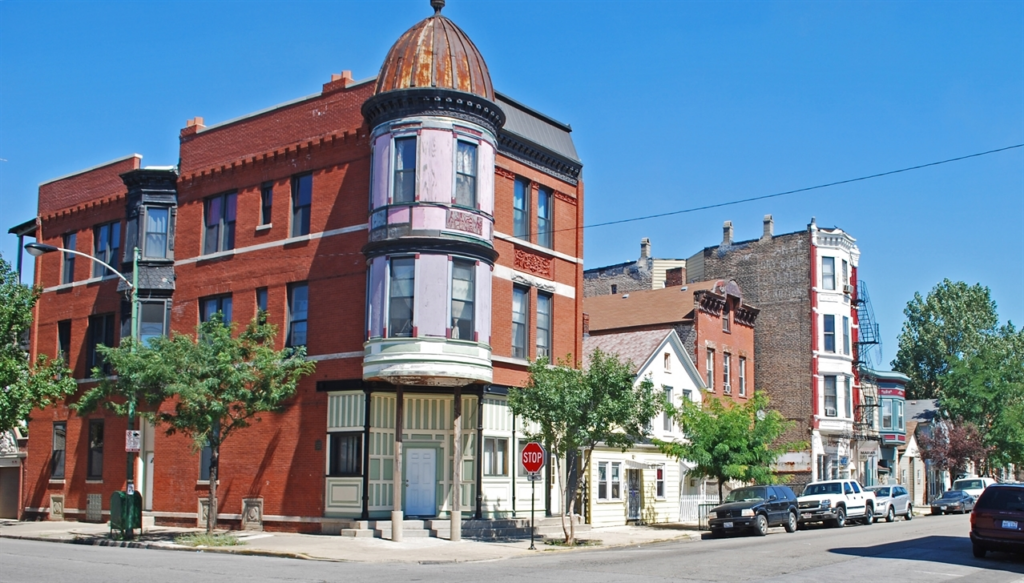All About Chicago Zoning and Land Use: A Blog Series

MPC and the Urban Institute are conducting research on how zoning and land use impact Chicago’s neighborhoods and residents from an equity, sustainability, and public health perspective. During the research process, we will be sharing what we learn and why it matters through a blog series. This blog is the first one and provides an introduction on zoning and Chicago zoning history.
To find out more about this project and stay up to date on progress check out our webpage.
Why Zoning Matters and Chicago’s First Ordinance
Let’s start out with a primer on what zoning is. Zoning has existed in the United States for nearly a century, when the power for municipalities to enact land use regulations was upheld by the U.S. Supreme Court in the 1926 Euclid decision. Broadly speaking, zoning is made up of the laws, policies, and practices that cities use to control the type of land uses allowed in specific areas. It shapes your neighborhood by defining the height, shape, and location of buildings as well as how much parking is required. It helps control development.
So, what does zoning and land use mean for you personally and where you live?
Zoning determines whether you can have a park in your neighborhood, if a new small business owner can open a bakery, if there is too much parking or not enough, whether you can build your mother-in-law an apartment above your garage, or whether the vacant lot on your block can become a grocery store, a new residential building, a gas station, or a factory. As you can see, zoning and land use are pretty important to how you experience a place and the available opportunities.
Zoning and land use have a profound influence on numerous aspects that directly shape our quality of life.
Now that we understand zoning a bit more, let’s dive into some history around Chicago zoning. The mayor created a Zoning Commission to draft the first ordinance and prepare maps, and the ordinance was officially adopted by the City Council on April 6, 1923, a few years prior to the Euclid decision. Although zoning laws are considered ‘race neutral’ in how they are written, Chicago’s first zoning code was created during a time period when zoning was viewed as a policy mechanism to separate types of buildings and uses—so keeping industrial buildings separated from residential buildings—but also as a way to segregate people by race, immigration status, and income. Research on the first Chicago zoning code has shown that the racial composition of existing communities was a key factor in locating future developments of increased density and industrial uses. This inequity was baked into policies from the beginning and marked a shift in overt discriminatory policy, such as restrictive covenants, to more opaque deliberate or indirectly discriminatory policy. These decisions ultimately benefited certain groups while harming others.
As part of this project, MPC compiled research on who benefitted and who was burdened by the adoption of the first zoning ordinance in 1923. We also looked at a period in the 1970’s when there were significant changes in zoning to limit dense development. More information on the power dynamics of what was happening and the outcomes that resulted can be found as a resource on our webpage. Generally speaking, people of color and low-income residents were harmed during these regulations, with more manufacturing land uses included in Black and immigrant communities and less affordable housing available in areas where denisty was reduced over time.
The question before us now is how has this historical legacy and other changes over time impacted the quality of life for Chicago residents across different communities. This is what we are exploring through our zoning and land use research and will highlight through this blog series. Now that we have the basics and some historical context, the next blog in the series will focus on the fundamentals of Chicago zoning and land use.
